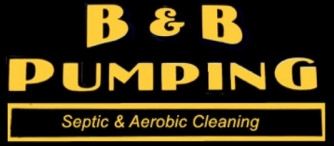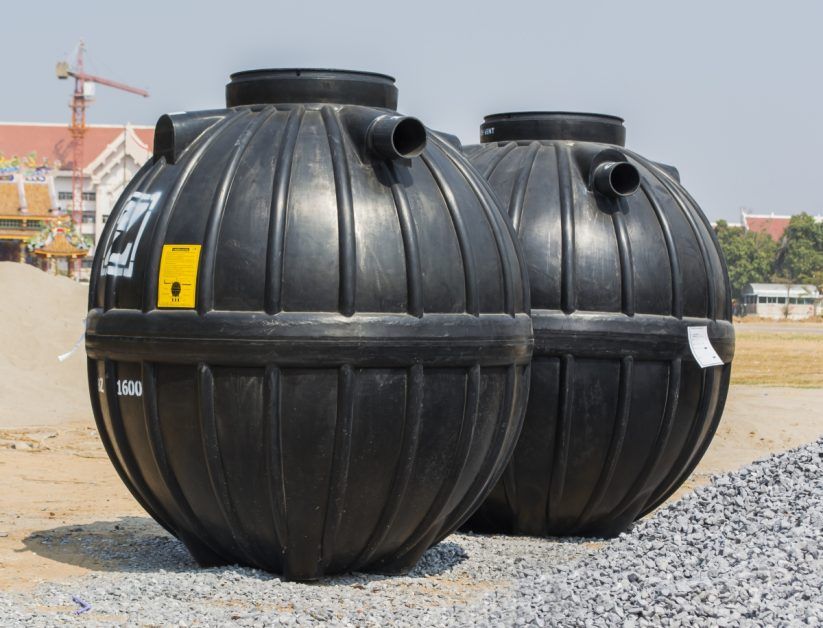Typically, there are two types of conventional septic systems. These types will use gravel in the drainfield and others will use a chamber system. An older type of system we see a lot at our septic service system company is a system with gravel. When this system is designed and constructed a ditch about 2 feet below the ground is dug out and created to be a drainfield. The length of the drainfield will be determined by the likely amount of liquid to flow, how far away from the home the system is, and the soil’s capability to absorb water. Gravel is then laid out in the ditch on the bottom and then around a plastic pipe. Once this process is complete, a barrier fabric is placed in the ditch and over the pipe so that the soil will still be able to absorb that correct amount of water.
Cons:
- Limited ability from gravel to reach the soil where filtration occurs. Gravel size effects this aspect as the larger the gavel the more the area can become blocked.
- The drainfield can overflow. If the water table rises too much it can shut down the drain fields ability to remove the water and this will cause bathtubs, showers, and toilets to back up. The drainfield can also overflow if the system is being overused by extra house guests or if water has been left running for longer periods of time.
- The drainfield can become overwhelmed and become so damaged it needs replacement which can be costly.
This type of septic system you don’t see very much of anymore because of its potential problems, and that is why a conventional system without gravel was created. This conventional septic system uses plastic chambers that are between 15 and 40 inches in width about 12 feet long, and made of high-density plastic material. Your system could possibly have internal pipes embedded into the larger chambers, but this is not always necessary. This type of septic tank system seems to be very effective with the soil present in the Fort Worth area. The soil is placed around the plastic chamber, to give it support and then more soil is placed on the top. This system is able to hold much more water than the other and this is beneficial in keeping the water table steady.
Conventional septic systems have pros and cons, but overall out of two options, the chambered system is going to best for your home. Fortunately enough, we are trained in all types of septic systems and are able to help maintain and clean whichever one you have. Make sure you keeping up on the maintenance of your pumping and cleaning, as this can keep your septic system working longer. Count on B&B Pumping. We work on septic tanks throughout Fort Worth, Decatur, Azle, Haslet, and Weatherford — feel free to take a look at our service area and give us a call to schedule an appointment. Check back for our next blog about low-pressure dose systems.


